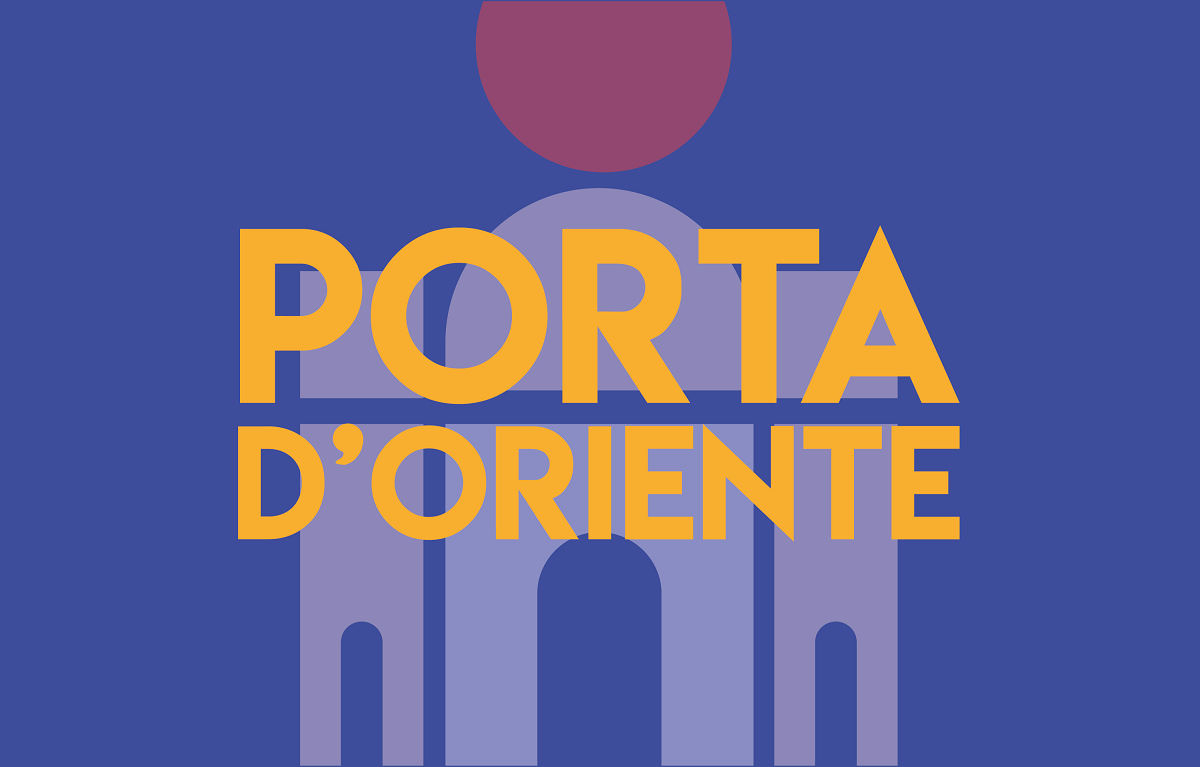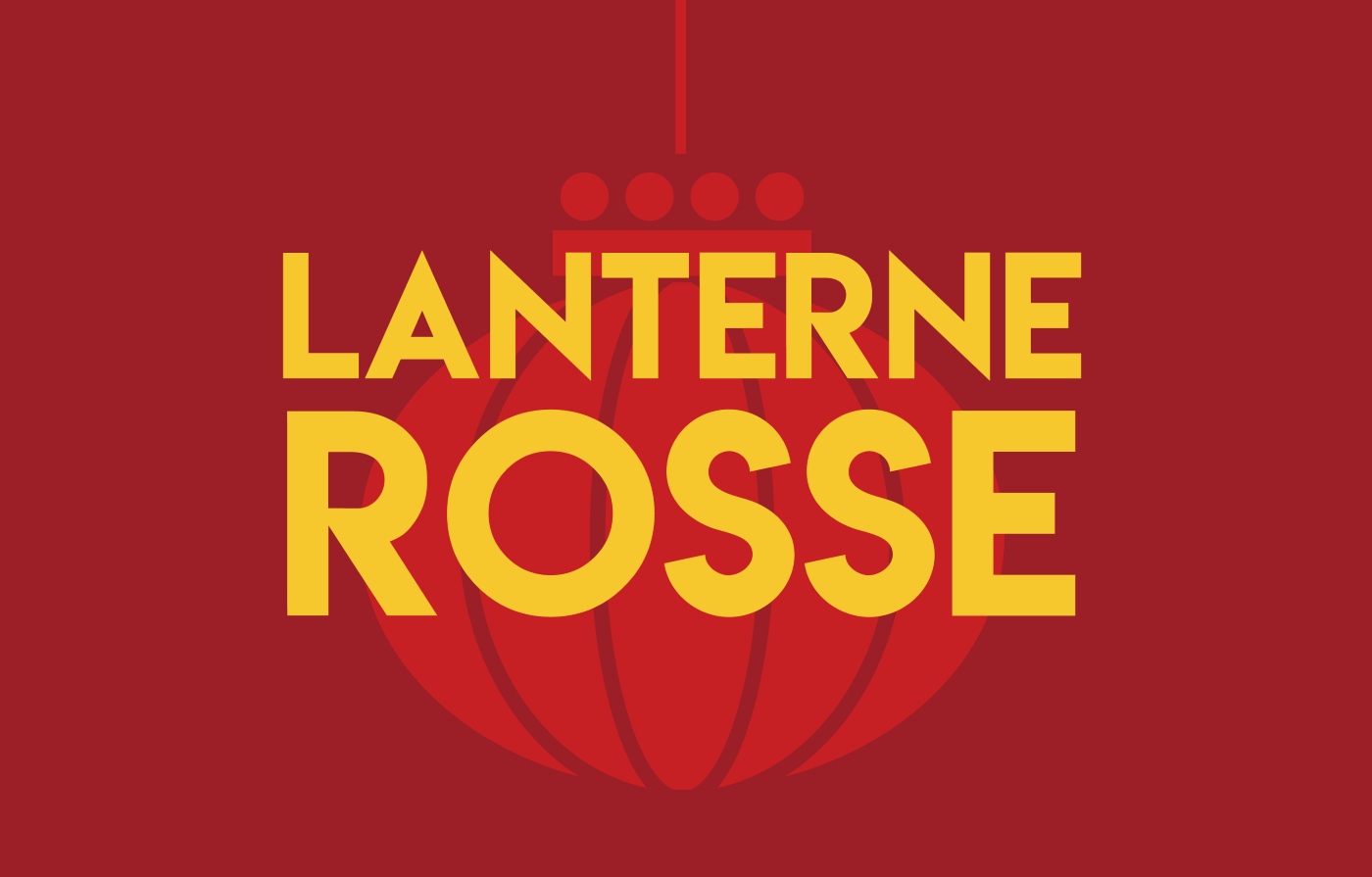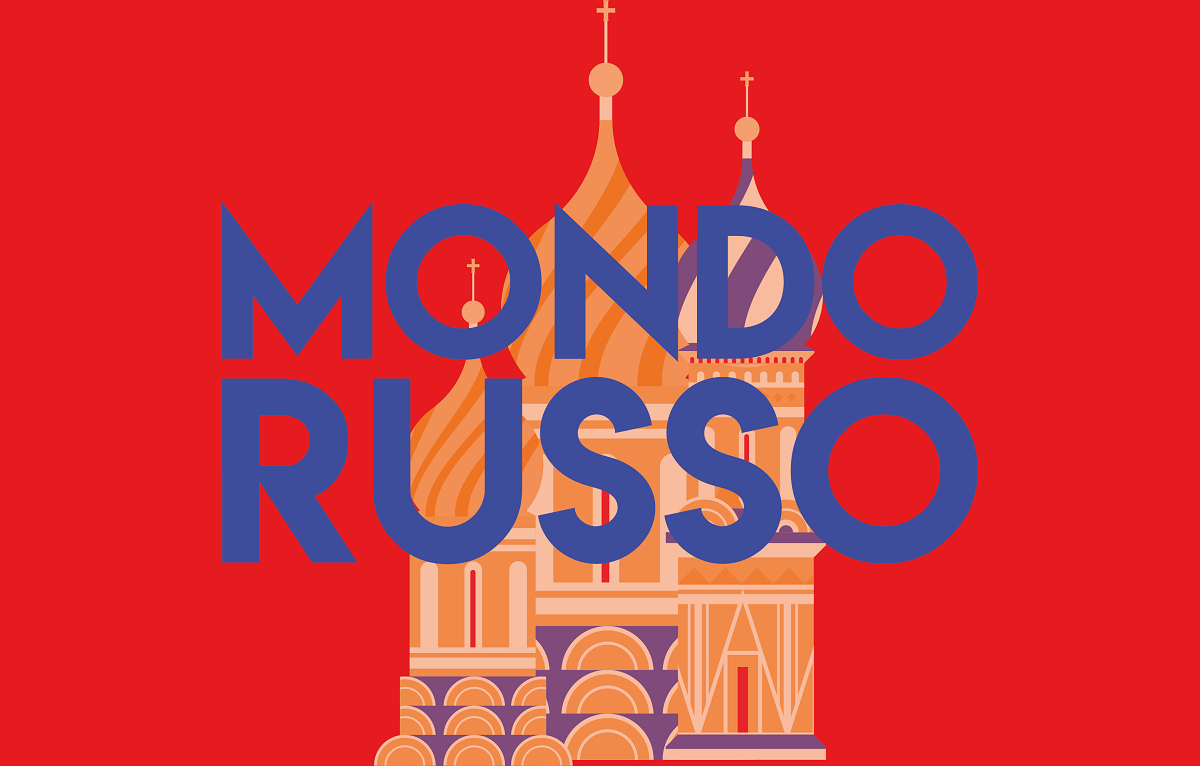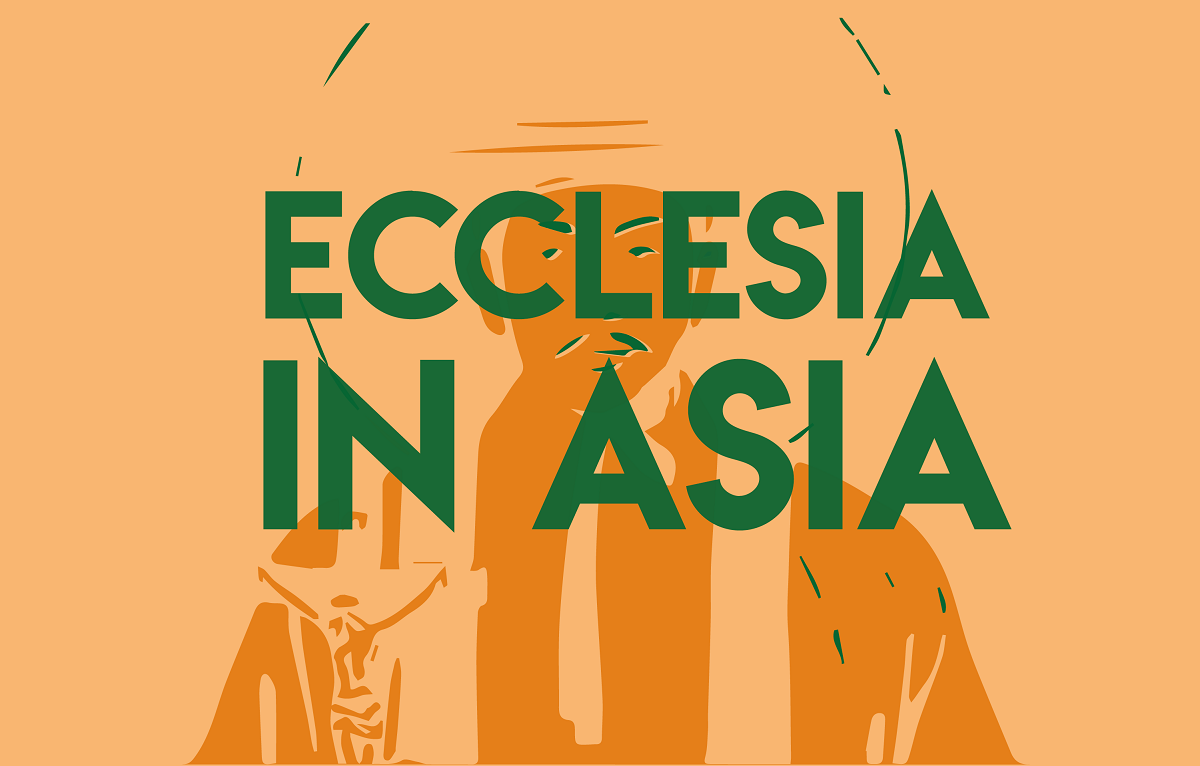Language war between Tamil Nadu and the BJP government
Tamil Nadu rejects New Delhi’s three-language policy imposing Hindi in schools. As a result, the Union government blocked educational funding for the state, fuelling tensions. For his part, Chief Minister M.K. Stalin is offering US$ 1 million to anyone who can decipher the Indus Valley script, which would boost his state’s Dravidian identity.
Chennai (AsiaNews) – Hindi is again pitting India’s central government led by the Bharatiya Janata Party (BJP) and the government of Tamil Nadu, ruled by the Dravida Munnetra Kazhagam (DMK).
At the heart of the dispute is the Union government’s New Education Policy (NEP) 2020, which requires states to teach Hindi, English and a regional language, in a country with 22 official languages and tens of thousands of dialects.
Tamil Nadu, which has historically opposed the imposition of Hindi, has always had a two-language policy: Tamil and English. The state’s chief minister, M.K. Stalin, rejects the NEP, clashing with the BJP over its policy of imposing Hindi.
In response, New Delhi has frozen 20 billion rupees earmarked for Tamil Nadu's education until it adopts the NEP in its entirety.
Stalin called this decision “a blatant violation of cooperative federalism”, while Tamil Nadu's Minister of Education, Anbil Mahesh Poyyamozhi, stressed that the financial shortfall will impact four million students and 32,000 teachers.
The tensions were also reflected in some protests. Two weeks ago, pro-Tamil activists vandalised Hindi graffiti at the Pollachi railway station, as a show of resistance to the BJP's language policy.
The DMK too organised several rallies against the NEP, and Deputy Chief Minister Udhayanidhi Stalin has even warned that Tamil Nadu could come to a "language war" if the central government continues to push its three-language policy.
The tensions reflect a broader debate over federal funding to Indian states, which are based on population: the areas with the most people (those in the North, who speak Hindi and generally support the BJP) receive more funds.
But Tamil Nadu, along with the other southern states, contribute more to the GDP, yet receive less funding than the less developed northern states. This imbalance has led to an increase in the state’s debt to GDP ratio, from 22 per cent in 2013-2014 to 32 per cent in 2023-2024.
Resistance to Hindi in Tamil Nadu has deep roots. The state has always rejected attempts to impose this language in education and administration since the 1930s and is still the only Indian state to have officially excluded Hindi from public schools, resulting in generations of people unable to understand the language and a population that is wary of Hindi.
The most violent protests occurred in the 1960s, culminating in self-immolations and clashes with police. The unrest brought the Dravida Munnetra Kazhagam (DMK) party to power, establishing a language policy based solely on Tamil and English.
Today, many Tamils, especially students and workers, study Hindi for professional needs, but continue to refuse any imposition by the central government. Private schools, attended by about 42 per cent of students, often teach Hindi, and the number of people taking certification exams in the language is increasing.
The rejection of what is perceived as an attempt at cultural hegemony has ancient roots in the state, which Chief Minister Stalin has recently leveraged, announcing a prize of one million dollars for anyone who can decipher the writing of the Indus Valley, an ancient system of signs dating back over 4,000 that has never been translated.
This script was found on stone seals and artefacts in the cities of the Indus Valley civilisation, one of the most advanced in the ancient world. Deciphering them could provide crucial information about the culture and language spoken in this civilisation.
According to some scholars, it could prove that Tamil and other Dravidian languages have older origins than previously thought, which could strengthen the cultural identity of southern India.
Stalin's initiative is significant because it is part of the debate over the history of languages in India. Two theories dominate the debate: one holds that Indo-European languages, such as Sanskrit, arrived with Aryan migrations from Central Asia; the other states that Dravidian languages, such as Tamil, were already present in the Indian subcontinent and could even be linked to the Indus Valley civilisation.
The prize has already aroused great interest among linguists and archaeologists around the world, but deciphering the codex is a complex challenge, because there are no bilingual texts comparable to the Rosetta Stone and known inscriptions are too brief to identify clear linguistic patterns.
INDIAN MANDALA IS THE ASIANEWS NEWSLETTER DEDICATED TO INDIA. WOULD YOU LIKE TO RECEIVE IT EVERY FRIDAY? TO SUBSCRIBE, CLICK HERE.





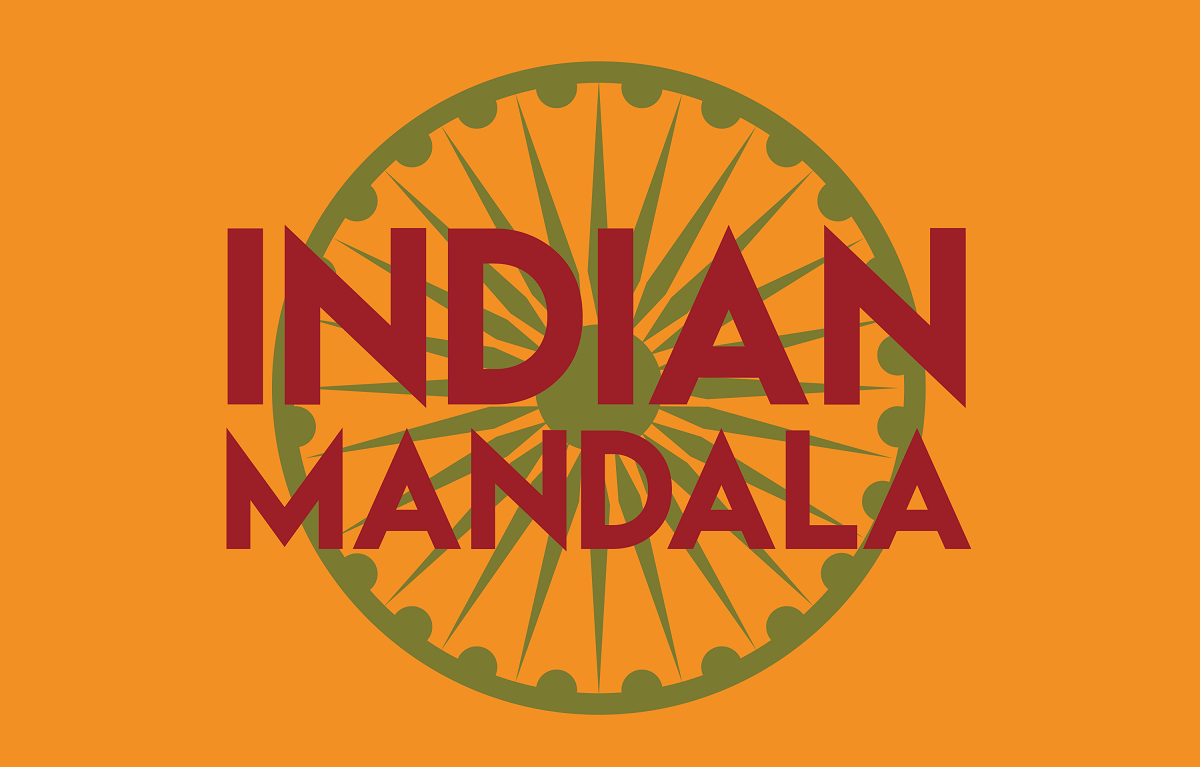

.png)
